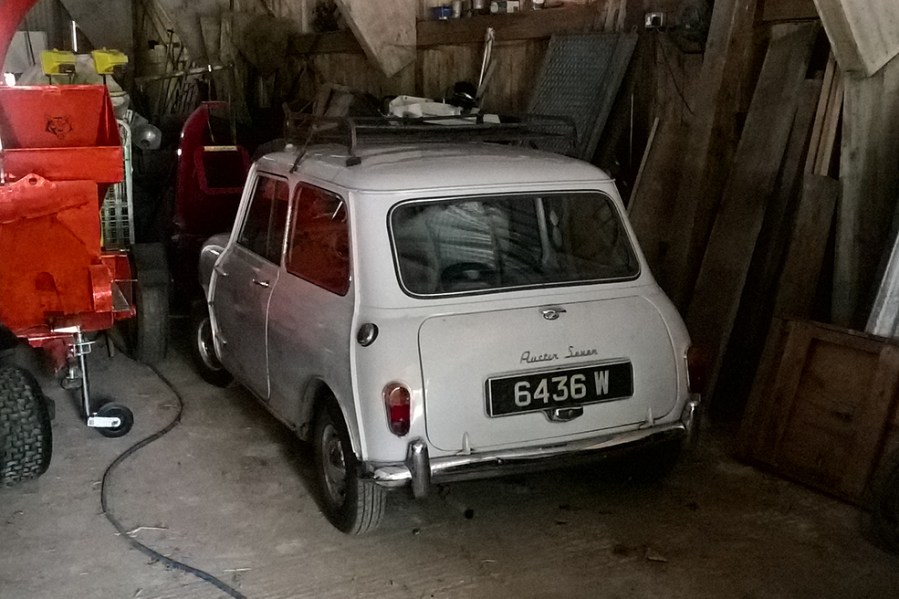When it comes to winter storage, don’t just lock the door and walk away for six months. Prepare your classic for storage to avoid problems in the spring
The classic world is pretty firmly split between those who lock their car up for the winter months and the fully committed owners who see it as a personal challenge to maximise their enjoyment of an old car with a crisp winter morning blast.
With more fragile classics, keeping them away from winter road salt seems like a sensible thing to do of course, but in reality poor storage of a car can cause more problems than it prevents. Lock an old car in a damp garage with no ventilation and you’ll find even a few months can wreak havoc with paintwork and the interior. It’s even worse if the garage isn’t at home and is without electrical power but the vast classic car industry can supply everything you need to make sure you still have something to enjoy when spring comes.

Battery conditioners
With many 80s, 90s and even 2000s cars now falling into the classic sphere, electronics and alarms will gradually drain the battery in just a couple of weeks. One solution of course is to disconnect the battery – but the battery itself can still lose its charge when left all winter in the cold without being regularly charged.
A better solution for long-term winter storage is one of the many battery charger/maintainers on the market. These are effectively a trickle charger incorporating intelligent electronics to judge when to adjust the charge to keep the battery in peak condition. They’re generally designed to be left safely attached to the battery and prices vary considerably, with market leaders CTEK ranging from £30 to over £200, while Powerspark can provide a Lifeline unit for just £29.
Dehumidifiers
Many single-skin flat-roofed domestic garages tend to get damp inside and friends in the building trade swear by Thompson’s Water Seal for preventing moisture creeping through the brickwork but a dehumidifier will make doubly sure that the car and all your tools avoid that clammy damp feel over the colder months.
Sealey can provide a portable unit capable of removing 10 litres of moisture a day for around £200.
Fuel stability
Much has been written recently about the ethanol content of modern fuel and the newly introduced E10 petrol makes things worse. The ethanol tends to absorb moisture from the atmosphere over time which combines to produce an aggressive solvent, so adding a fuel stabiliser is a smart move. Leave the tank near empty before you put the car away.
Coolant
Don’t forget that proper anti-freeze prevents corrosion as well as stopping the coolant from freezing. If you’ve been topping it up all summer with plain water, check the concentration and refill it with proper anti-freeze if necessary. Make sure that any leaks are sorted before you put your car into storage – it’ll save your garage floor and time come spring.

Car Covers
The big issue with covers is that they need to be ‘breathable’ whether the car is inside or out and the wrong cover can easily do more harm than good. This effectively means using a man-made fabric, since natural fabrics will all absorb moisture.
For cars stored outside or open to the elements, cover specialist recommend using a ‘mitten’ cover rather than a perfect glove-like fit, to ensure air can circulate — and choose a cover which doesn’t hang below sill height, to prevent rain splash-back creating a layer of grit inside the bottom edge. Don’t forget the straps to keep it from blowing away in a gale.
Indoor covers are less crucial but man-made fabrics will generally allow less dust through the weave of the material as it’s stretched to put it on and off. Again, a semi-fitted cover is a good idea if you’re not sure how damp the garage might be.
Flooring
Painted your garage floor this summer? Then you’ll probably know how car tyres tend to stick to the paint. Use some offcuts of wood, carpet or plastic under the wheels to avoid the paint lifting when you move the car.






